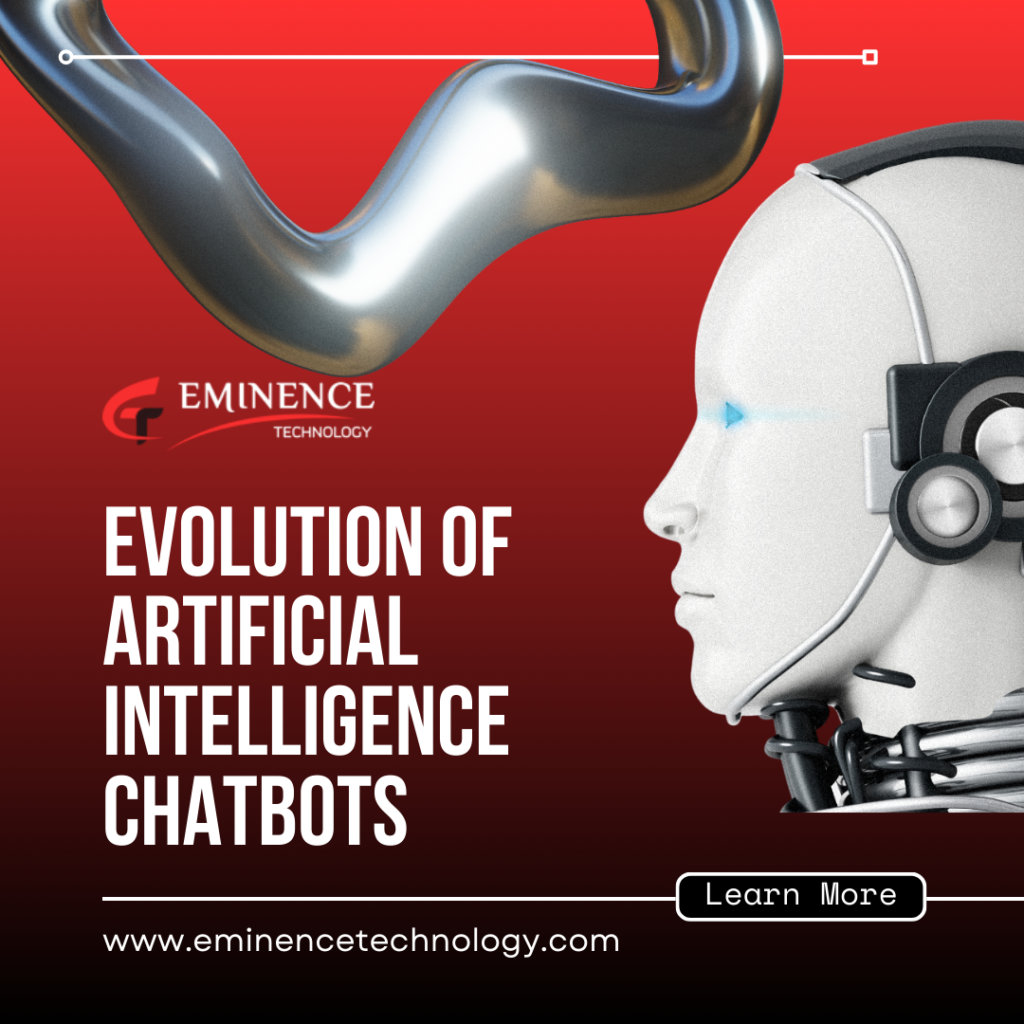Why are there so many tools and models for AI?
The rapid rise of artificial intelligence (AI) in recent years has brought with it a growing ecosystem of tools, platforms, and models. From open-source libraries like TensorFlow and PyTorch to generative AI models like GPT-4, Claude, and Gemini, there are more options than ever before. But why exactly are there so many tools and models for AI?
The answer lies in the diversity of applications, industries, data types, and use cases that AI supports. As AI continues to evolve, businesses and developers need tailored solutions—hence the need for multiple tools and frameworks.
If you’re looking to stay competitive in 2025 and beyond, understanding this variety is essential. Whether you want to automate customer support, build smart recommendation engines, or develop AI-powered mobile apps, you need to choose the right tools—and hire AI developers who can expertly navigate this expanding ecosystem.
Diverse AI Use Cases Require Specialized Tools
AI is not a one-size-fits-all solution. Different applications demand different tools. For instance:
- Computer vision tasks like facial recognition require frameworks like OpenCV and YOLO.
- Natural language processing (NLP) uses models like BERT, GPT, and spaCy.
- Predictive analytics and time series forecasting often leverage tools like Prophet and scikit-learn.
This variety allows developers to choose purpose-built tools optimized for specific domains, leading to better performance and faster development cycles.
Varied Data Types and Sources
The data you work with determines the tool you need. Text, images, video, audio, and structured data each require different preprocessing, storage, and analysis methods. AI models are often trained on different data types and need specific architectures to process them effectively.
For example:
- TensorFlow excels in image and speech processing.
- Hugging Face Transformers are great for language models.
- Tabular data might be best served by gradient boosting tools like XGBoost or CatBoost.
By offering specialized tools, the AI ecosystem ensures accurate results across a wide range of industries—from healthcare and finance to education and retail.
Open-Source Community Growth
The AI and ML communities thrive on open-source collaboration. Developers, researchers, and companies worldwide contribute to creating better tools and models. This leads to:
- Rapid innovation
- Continuous improvement
- A wide range of tools to choose from
While this abundance may feel overwhelming, it actually empowers businesses to choose tools that best fit their project requirements and budget. It also opens up new possibilities for those looking to build AI products from the ground up.

Evolution of Generative AI Models
One of the biggest reasons behind the explosion of AI tools is the rise of generative AI—models that can create content, code, images, music, and more. These models are leading innovation across industries and require unique architectures and tools to support their capabilities.
Discover the top generative AI models of 2025 in this complete guide—features, uses, and why they’re leading innovation across industries. From OpenAI’s GPT-4 to Google’s Gemini and Meta’s LLaMA models, each has strengths in different areas such as reasoning, language fluency, or multi-modal understanding.
To leverage these cutting-edge models in your business apps, it’s critical to hire AI developers familiar with their APIs and deployment practices.
AI App Development Solutions Demand Flexibility
Modern apps integrate AI in various ways—chatbots, recommendation engines, sentiment analysis, image recognition, fraud detection, and more. As businesses demand more flexible and intelligent systems, AI app development solutions must also evolve.
This means developers need access to a wide range of models and tools to:
- Experiment and test new approaches
- Optimize for performance or resource usage
- Ensure compatibility with different platforms (mobile, web, cloud)
For example, building a voice assistant for a mobile app might require a blend of speech-to-text APIs, NLP models, and real-time streaming tools. One-size-fits-all tools simply can’t meet such complex needs.
Speed and Scalability Considerations
Not all tools are created equal in terms of speed or scalability. Some models are ideal for prototyping, while others are optimized for production-scale deployments. Cloud-native AI tools, edge AI, and hybrid models further expand the toolbox depending on latency, privacy, and computational requirements.
Choosing the right tool ensures not just functional success but also cost-efficiency, reliability, and scalability. That’s why many companies opt to hire AI developers who can evaluate these options strategically.
Final Thoughts
The reason behind the abundance of AI tools and models in 2025 is simple: diversity breeds innovation. The range of use cases, data types, deployment environments, and business goals has made it essential for developers and companies to have a variety of options.
This vast toolkit allows for more precise, powerful, and efficient AI app development solutions—but only when used correctly. That’s why partnering with experienced developers is crucial.
Eminence Technology provides AI ML Development Services to help you navigate this complex ecosystem. From selecting the right tools to deploying intelligent solutions tailored to your needs, our expert team ensures your AI journey is smooth, strategic, and successful.












